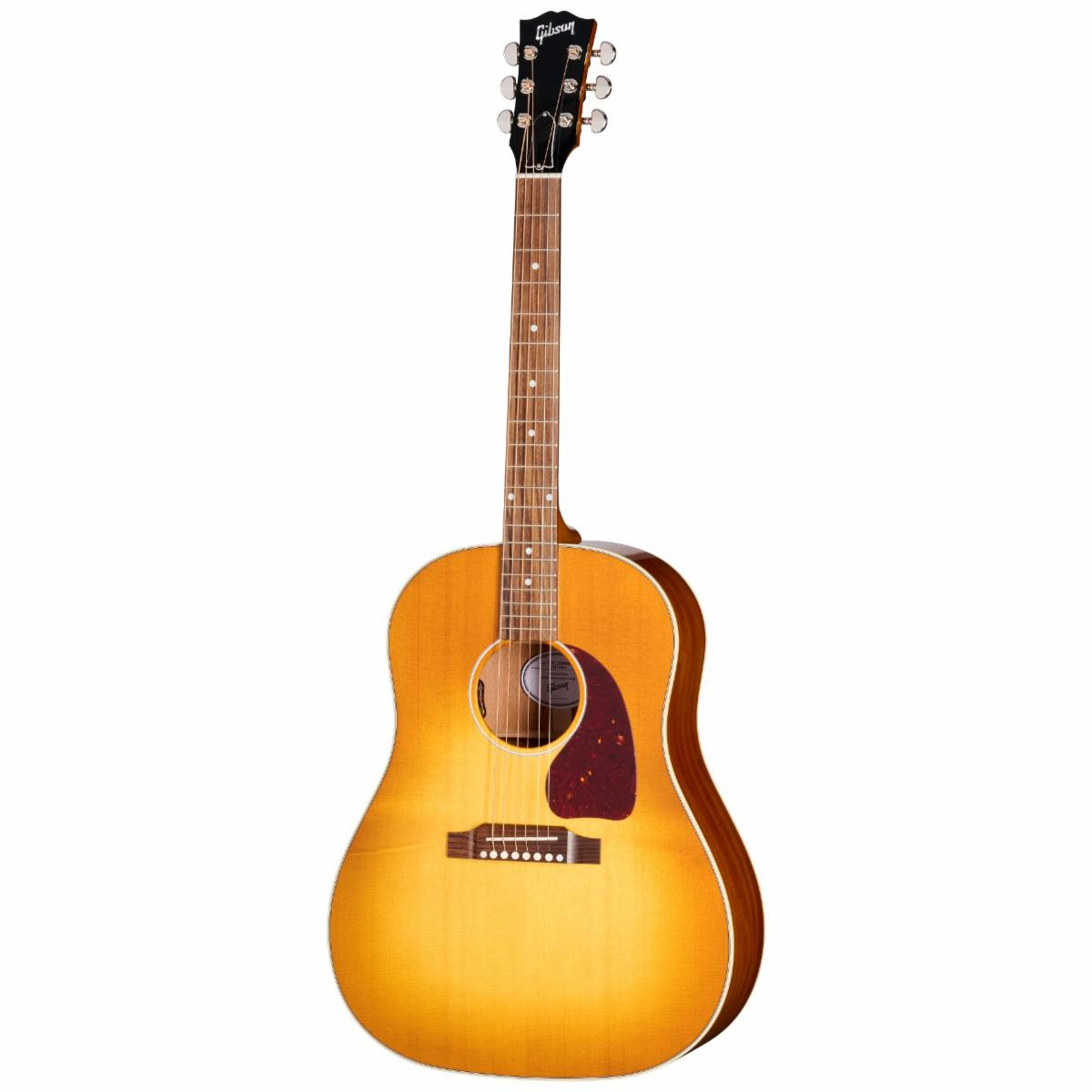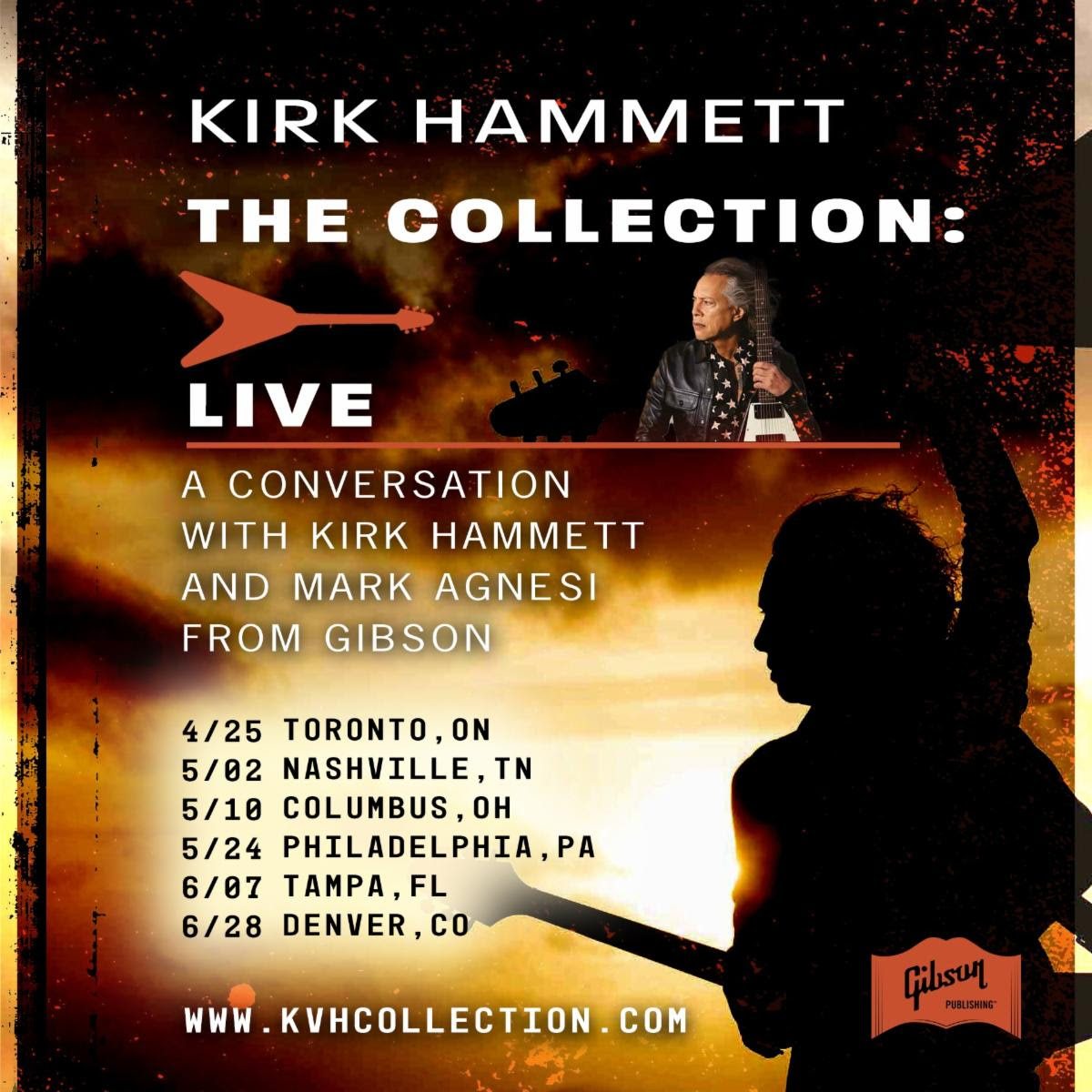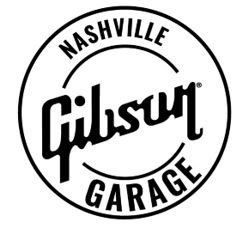Here’s an excerpt from Kirk RIchardson, author of the new beer-book Craft Beer Country: In Search of the Best Breweries from the South Pacific to the Pacific Northwest…
Vancouver, British Columbia is like some of today’s experimental beers. There are so many different elements thrown together that it prob-
ably shouldn’t work. With the white-capped North Shore Mountainsserving as a backdrop, Canada’s third largest metropolis is a place wheremodern and classic architecture mingle with the natural beauty of glisten-
ing Vancouver Harbor. It’s a multicultural city with a radical mix of ideas,art, and cuisine. So why should I be surprised to find one of the western
masters of sour beer styles, adept at blending sweet and tart with a variety
of unique flavors, continuing to hone his beloved craft in an inauspicious
little brewery alongside Clark Drive in East Vancouver?
Inside, fellow beer enthusiast and friend Tony Boyd introduces me
to Iain Hill, who started Strange Fellows with business partner Aaron
Jonckheere in December 2014. Hill is trim for a guy who has been brewing
beer since the 1992 and enjoying it even longer. Though it’s late in the
afternoon and the lines around his eyes hint that he is probably worn out
from a busy day running between tanks, he smiles and asks if I want to
taste a few samples during the interview. We are off on the right foot as
we leave the noisy pub and head through the brewery on the way to his
office with a few of his twenty-two-ounce “works of art” in tow.
Once there, we open a bottle of his Foudreyer, a New World wild ale,
fill two glasses and toast, “Cheers!” Barely ripe enough red fruit tumbles
out of the glass and onto my surprised palate. It reminds me of the juicy
sweet-and-sour plums that I used to bite into as a boy, before my cranky
neighbor chased me out of his orchard with a baseball bat. Although
gorging myself on fresh plums was certainly a treat, this reddish brown
6% ABV liquid fruit brings more to the table (is that a hint of zesty cherry
tomato?), and I don’t even have to trespass to steal another taste. “This
beer is special because it’s made with a whole range of organisms,” he
volunteers. “It’s made with a multiculture, with yeast and bacteria, the
bacteria being relevant to making sour beer with lactic acid. It’s made in
this big (6,000 liters) oak tank,” he adds, pointing through the wall to
the production floor.
Hill leans back on his desk, and we start at the beginning of the ad-
venture that led him here, or at least the fork in the road that ultimately
brought about this unlikely meeting. It seems that he was destined to be
in the food and beverage business from his university days. Hill attended
the nearby University of Victoria, where studied food biotechnology. “I’ve
been interested in those angles—cheese, beer, wine, pickled foods—for a
long time” he says. “In my last year of university, I had a professor who
wanted to open a company with me making a product called Lang Milk.
It’s this terrible Scandinavian stuff and makes up about one third of the
yogurt market there. It’s like slime.”
Thankfully for me and everyone else in the brewery’s tasting room
tonight, Hill ultimately decided that he preferred working with bretta-
nomyces instead of lactobacillus acidophilus. He and Christine, an arts-
school student who later became his wife, moved to Vancouver to look
for work. “There were hardly any breweries here at that time,” he recalls.
However, Hill was lucky enough to put his background in science to
work as the Quality Control Supervisor for locally owned and operated
Shaftebury Brewing. “They were looking for someone to start a little
lab—it was incredibly rudimentary,” he explains. “A lot of it became
self-taught. I got books, and I knew a guy from Molson who was able
to guide me. They started to become very busy, and I was able to learn
14 Strange Times with Sour Beer
all aspects of production. So my job ended up being in blue coveralls
and rubber boots. I was a brewer, cellar man, tank and keg cleaner. I did
everything there. You name it.”
A few years later, Hill helped a local entrepreneur run the first brewpub
in town, the Yaletown Brewing Company. Over time, that venture ended
up growing into several pubs and a distillery, all in British Columbia’s
Lower Mainland. Being able to experiment with a variety of ingredients,
both traditional and nontraditional, helped him fuel his desire to learn
more about the world’s many craft beer styles.
“Getting into brewing, I was reading as much as I could and learning
everything I could,” he remembers. He was the one of the first brewers in
all of Western Canada to play with lambic-like beers. “It’s kind of like a
band that no one else knows, but you found them and they’re awesome!
They’re extra good because no one else is listening to them. I really did
fall in love with sours.”
After an inspirational trip to the Belgium, he began experimenting
with a particular type of ale that he fell for while visiting the Flanders
region. “I started doing Oud Bruin, which I eventually made my name on,
I suppose,” he notes. Oud Bruin, or Old Brown, is a barrel-aged brown
beer that undergoes a secondary fermentation and is subsequently stored
away for months so that the yeast and bacteria have plenty of time to give
it a nice sour flavor. Hill became so good at it that he ended up selling all
of the Oud Bruin he could make at Yaletown. “People loved it,” he says.
That gave him the confidence that he needed to launch his own brewery.
Now he just needed someone to help. “For about twenty years, I tried to
open a brewery,” Hill remembers. “I had been friends with Aaron, and
he had the same dream as me. He came from a sales background, which
is funny because I wouldn’t usually be friends with a salesperson. But
Aaron was the potential partner who finally panned out, so we opened
here in 2014.”
“Why did you name it Strange Fellows?” I ask, wondering what mys-
teries he might reveal.
Although they had an uninspiring legal name for the business, Hill
and Jonckheere couldn’t agree on a brand name that would draw patrons
Strange Fellows 15
through the front door. The heated debate would probably still be going
on today if left to the stubborn partners, but cooler heads prevailed. “We
were having dinner at our house with our wives, and my wife Christine
said, ‘You guys are just a couple of strange dudes, really strange fellows,’”
he laughs. “It wasn’t something that we were like, ‘Oh yeah that’s the name!
But it was a name that made it onto this list and rapidly went to the top.”
The ever-creative Christine ran with the new brand name, eventually
creating “Strange Days,” oddball events when everyone at the brewery
celebrates a particularly strange theme based on folklore and/or obscure
dates in history. “So in December, we celebrate Krampusnacht,” Iain
tells me with mischievous grin. Krampus is a beast-like anti-Santa crea-
ture, who, during the winter holiday season, punishes children who have
misbehaved. “We have a staff member who dresses up as Krampus,” he
continues. “People bring their children to sit on his knee on a gothic
throne, and we make several kids cry for Christmas each year. We do all
sorts of fun things. I can send you one of our calendars.” I agree, as long
as another visit doesn’t involve meeting Krampus in person. I’m a prime
target for his wrath, well-known for misbehaving since early childhood,
when I was reprimanded for peeing in the bedroom trash can, among
many other offenses.
Before our conversation goes completely sour, I take a nice calming
gulp of Reynard, Hill’s now-fine-tuned Oud Bruin recipe. He points out
that the fox on the bottle label is taken from Belgian folklore, “A par-
ticularly evil fox,” he says. As the story goes, Reynard is a trickster that
“doesn’t give a fig what society thinks” and disobeys convention to satisfy
his desires, often unveiling a truth along the way. I can relate. The redwood
brown 6.5% is the truth as far as I’m concerned. The Oud Bruin has been
aged in oak for more than two years, and the slightly tart cherry flavor
that the prolonged process brings out is irresistible and lasting. “This is
not only the best sour I have ever had in Canada, it is one of the best in
the west,” I pronounce, then confess: “Well, in full transparency, this is
the only sour that I’ve had in Canada, period.”
Hill wrinkles his nose, and I’m certain that the Reynard we are enjoying
is not the offender. “I will say that I’m not fond of using the word sour
16 Strange Times with Sour Beer
all the time,” he remarks. “If you go to Belgium, no one is talking about
sours. It’s a gueuze, it’s a kriek, or it’s Oud Bruin. I really dislike using
the word sour. It’s too generic. To a lot of the market, it’s not a positive
thing. Objectively, it’s fine because all wine is sour. Lemonade is sour.
But when you say, ‘beer that’s sour,’ inevitably people who haven’t been
primed wouldn’t know. It can be a bit of a turnoff and kind of dumbs it
down. But I sometimes use the same term because I don’t have a better
way of describing it.”
As the old saying goes, “If you can’t beat ’em, join ’em!” We agree to
let the acidic word seep into our conversation until someone comes up
with a sharper alternative.
Hill admits that he is not much of a fan of intensely sour or overly
bitter beer. “It’s like rock ’n’ roll music,” he suggests. “The new world
pushes the boundaries, whether with food or with rock music.” He adds
that subtle sours are often an acquired taste.
“A lot of times people are fearful of the word sour,” according to Hill.
“They tar and feather this whole notion of sours, and I say, ‘No, no, no!’ If
people say they don’t like beer, I believe that they haven’t found the right
beer. There are amazing, approachable, complex sours from Belgium—
some of those lambics are like bones-good beers that anyone can drink
and actually enjoy. I think that not everybody realizes that there’s probably
a way in for them. There are hard-core aficionado sour beers that ask a
lot of your palette, but it doesn’t have to be that.”
Those who once favored extreme beer flavors often change their tune
later on. “In IPAs, we call it the hops arms race,” muses Hill. “But sure
enough, it’s changing. The market is growing up, and the producers are
growing up. We’re actually stepping back. Now it’s like, ‘Oh, I prefer the
hop flavor, and I’m not about the bitterness. People are stepping away from
that now and are much more concerned about the hop flavor. It’s just the
market getting mature. It’s the same thing with new-world sours. You’re
going to grow up and come back and be like, ‘Actually, I do like that.’”
Sometimes, it takes a little bit of Reynard-like trickery to make these
edgy styles accessible to the masses. Like its fruity adult-beverage coun-
terpart, grainy beers can be blended to splendid effect. “A lot of the
Strange Fellows 17
historical Belgian beers are based on blending,” Hill points out. “There
are a few lambic producers who don’t make any beer. They just buy beer
from others and blend it. I’ve learned a lot about what we like to blend
and the results we might get. We’re also always playing with different
cultures, different yeasts, and different bacteria. We’ll say the primary
fermentation is this yeast, and we’ll do a second fermentation with this
culture, and it’s wonderful.
“We did a collaboration with Modern Times called ‘Strange Times for
Modern Fellows’—it was great! We fermented with a saison yeast, and we
aged it for a long time. We all thought it would be delicious, and it was,
but you don’t know going into it what the outcome is going to be. That’s
especially true with these kinds of beers. With the Reynard, I’ve made
this so many times that I have really dialed into how I blend it.”
“With all of this mixing, do you ever inadvertently comingle yeast,
bacteria, and other bugs between your beers?” I ask, finishing off the last
precious drops from the bottle of Oud Bruin. It’s a nice segue to a tour
of the brewery, and Hill takes me outside for a quick look.
“When you’re trying to do it all in one facility, by and large, some of
the beers aren’t sours,” he observes. “We make a variety of things. We also
have our ISA (India Session Ale) and many others. When you’re trying
to do both of those things in one facility, you have risk of cross-contam-
ination because you’re playing with particular strains of yeast. Now we
have some separate equipment for things, but we do have some tanks
that are in common between sour and not-sour beers, so we have to be
extremely careful about use and cleaning. We do have different sets of
gaskets, valves, and everything.”
“Is it worth the effort?” I wonder. “Why not just stick to the sour styles?”
Then I remember my buddy Boyd back in the brewpub and hundreds of
other hop-crazed friends in Craft Beer Country.
“Look back twenty years ago, and most of the market share was with
the big guys,” Hill reminds me. “It was a small group of people drinking
craft beer, and ultimately IPA. Now young people graduate immediately
to drinking craft beer, rather than what their dad drank. With some of
these sour beers, I’m not sure if they will ever become widely accepted.
18 Strange Times with Sour Beer
But I do think that some of the more approachable sour beers will have a
really good opportunity to go that way. People will stop calling them sour
beers (or so he hopes), it will just be beer and its name.” If and when that
day arrives, these Strange Fellows with their clever concoctions and fabled
brands might just be one of the hottest tickets in Craft Beer Country.
Iain Unfiltered
The Old World Art of Matching Beer with Stinky Cheese
Sour-flavored beers aren’t always the easiest styles to pair with food, as I
learned trying to wash down jalapeno-spiced pizza one particularly un-
comfortable night at another brewery. Hill has a much more sensible
suggestion. “One of my favorite things to do is eat a plate of beautiful
cheeses, beautiful bread, beautiful pickles,” he says. “You could be having
some aged gouda. You could have some type of stinky surface-ripened
cheese.” Now I wrinkle my nose.
“A lot of times on a weekend, my wife and I will just tear up bread and
olives and pickles, and I’ll have pickled herring,” he shares, admitting,
“She won’t kiss me after that! I like having a table full of cold, delicious
things. Sour beer is ideal for that. Actually, there is a Flemish Renaissance
painter, Bruegel, and there’s peasants partying in one of his pictures with
a jug on the table. It’s been said that beer expert Michael Jackson thought
that may well have been a lambic, and he was probably right!”
Home / OtherNews
/ Craft Beer Country: In Search of the Best Breweries from the South Pacific to the Pacific Northwest
Subscribe to:
Post Comments
(
Atom
)











0 comments (click to read or post):
Post a Comment
Please leave a comment...I do moderate each comment so it may not appear immediately...and please be nice! You can also comment using Disqus (below) or even comment directly on Facebook (bottom).